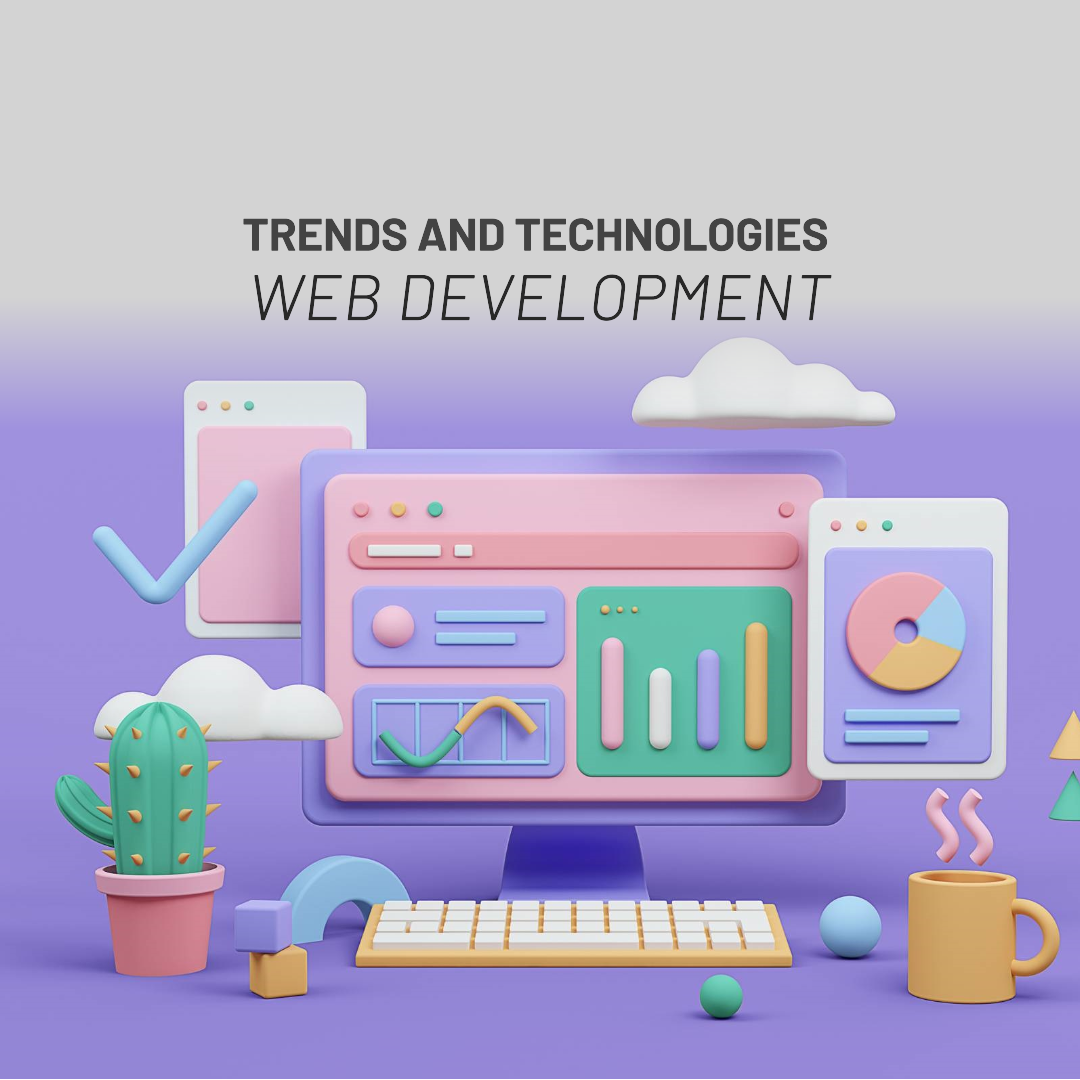
Introduction:
Web development is a dynamic field that frequently develops to meet the changing demands and preferences of clients. As technology advancements and new trends arise, web developers need to stay updated to create creative and user-friendly websites. In this article, we will look at the future of web development and requirements by analyzing the requirement and technologies that are required in the market. We will also concern with the importance of content management systems (CMS) in web development and their benefits.
1. Artificial Intelligence (AI) and Machine Learning (ML):
AI and ML are poised to revolutionize web development by enabling intelligent and personalized user experiences. AI-powered chatbots, virtual assistants, and recommendation systems can enhance user engagement and provide tailored content. ML algorithms can analyze user behavior to deliver personalized recommendations, optimize search results, and automate mundane tasks for web developers.
2. Progressive Web Applications (PWAs):
PWAs combine the best of web and mobile applications, delivering app-like experiences directly through the web browser. PWAs offer offline functionality, push notifications, and quick loading speeds. They eliminate the need for traditional app stores and provide a seamless experience across devices. PWAs are expected to become more prevalent as businesses recognize the benefits they offer in terms of reach and user experience.
3. Voice Search and Natural Language Processing (NLP):
With the rise of voice assistants like Siri, Alexa, and Google Assistant, voice search is becoming increasingly popular. Web developers need to optimize websites for voice search by incorporating NLP techniques, structuring content for voice queries, and leveraging voice recognition technologies. Voice-based interfaces will continue to shape the future of web development and user interactions.
4. Internet of Things (IoT):
IoT refers to the interconnectedness of everyday devices, allowing them to communicate and exchange data. Web developers will play a crucial role in creating web interfaces and applications that connect with IoT devices. This includes developing responsive and intuitive interfaces for smart homes, wearables, and industrial IoT solutions. The demand for IoT-enabled web applications is expected to grow rapidly in the coming years.
5. Single-Page Applications (SPAs):
SPAs provide a smooth and seamless user experience by dynamically updating content without refreshing the entire page. Frameworks like React, Angular, and Vue.js have popularized SPAs and enabled developers to create highly interactive and responsive applications. SPAs reduce loading times, enhance user engagement, and improve overall performance.
6. Mobile-First and Responsive Design:
As mobile usage continues to dominate, web developers must prioritize mobile-first and responsive design. Websites must be optimized for mobile devices to provide an optimal user experience. Responsive design ensures that websites adapt to different screen sizes and resolutions, improving accessibility and engagement. Future of web design will be become more complex.
7. Blockchain Technology:
Blockchain is no longer limited to cryptocurrencies. Web developers can leverage blockchain for secure transactions, data storage, and decentralized applications. Blockchain offers transparency, security, and immutability, which can be beneficial for e-commerce, supply chain management, and other industries requiring secure and trustworthy transactions.
8. Accessibility and Inclusive Design:
Web developers have a responsibility to create accessible websites that cater to users with disabilities. This includes implementing proper semantic HTML, providing alternative text for images, and adhering to accessibility guidelines. The inclusive design ensures that websites are usable by all users, regardless of their abilities.
9. Web Assembly (Wasm):
Web Assembly is a binary format that allows developers to run high-performance applications in the browser. It enables web developers to write code in languages like HTML, CSS, and javascript, and compile it to run efficiently in the browser. Wasm has the potential to expand the capabilities of web applications and bridge the performance gap between web and native applications.
10. Content Management Systems (CMS):
A Content Management System (CMS) is a software application that allows users to develop, organize, and publish content on the web. In CMS without technical expertise. It delivers a user-friendly interface for users. It takes responsibility for managing its content. It constructs a UI which easier for non-technical users to keep websites, blogs, online stores, and other digital platforms.


0 Comments
Thanks